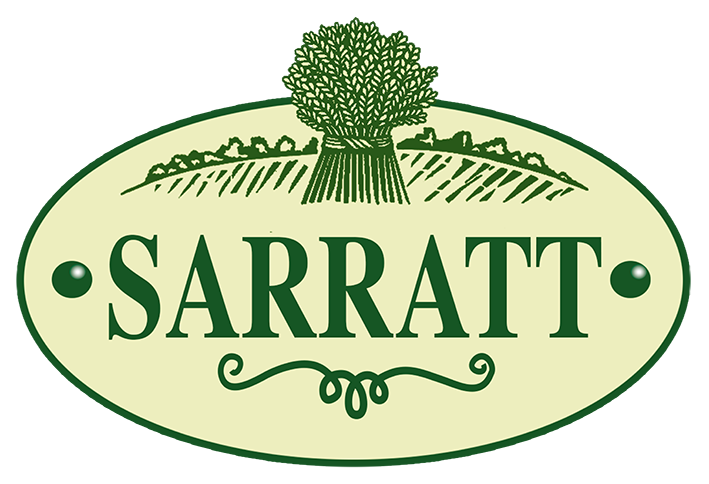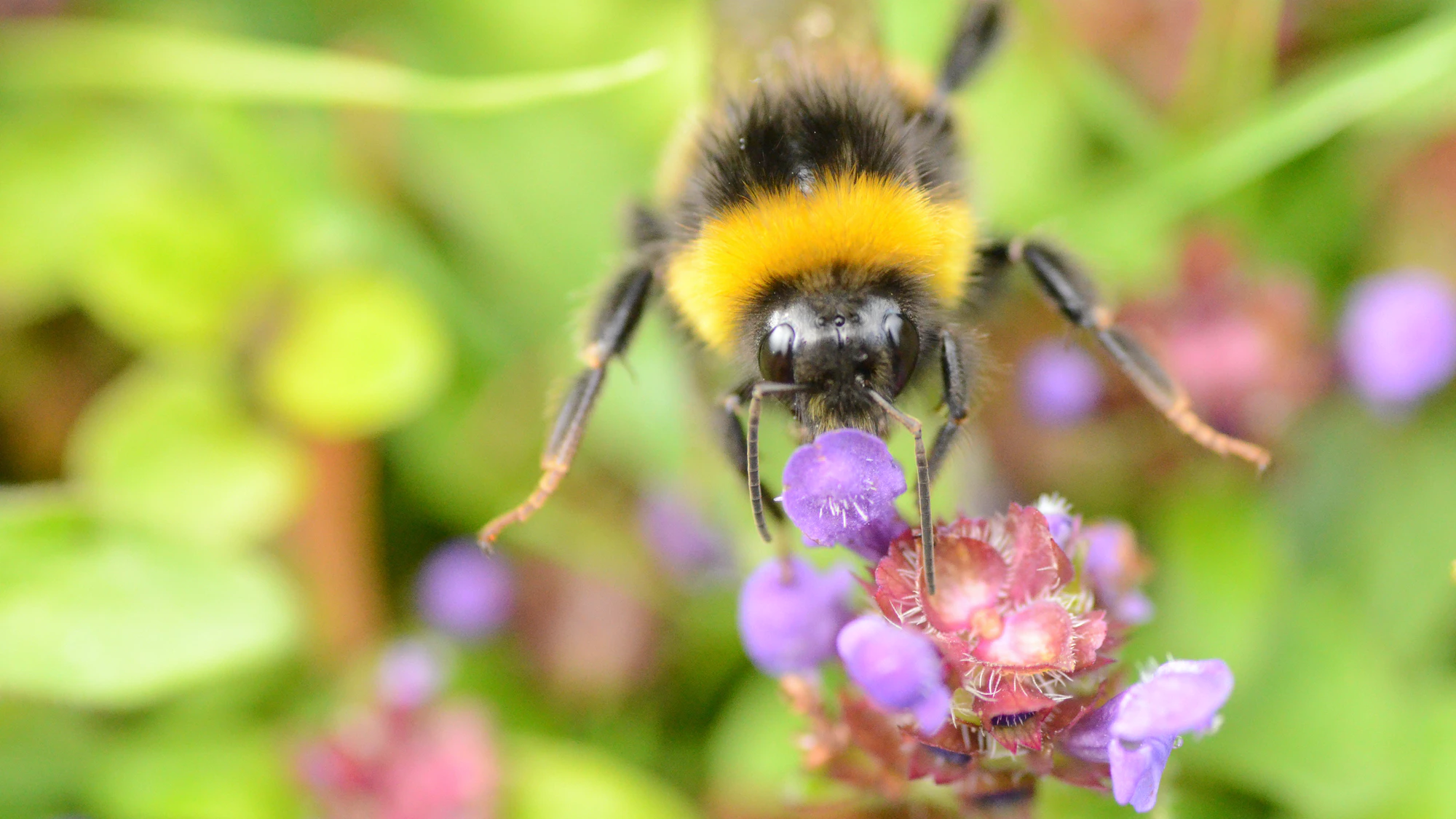MILLION PEOPLE HAVE ACCESS TO A GARDEN
That’s a lot of land for wildlife and nature
All gardening is about human intervention. Traditionally, it’s been about imposing our will on nature and controlling what grows there. Gardening for wildlife has become popular in recent years with a focus on garden features that benefit wildlife such as plants for pollinators, ponds, bird boxes, bug hotels and so on.
Rewilding expands on this with a mind-set that puts nature and natural processes first. To rewild a garden is to look at the land from nature’s point of view, and allow nature to take the lead wherever possible. From woodlands and scrub to grassland, wetlands and more, large natural landscapes contain many types of habitat. A garden, on the other hand, may have just one or two, but it can mimic the structure of wilder places with dips and hollows, water, and insect-friendly plants at different heights.
How much and how far you go down the rewilding route is your choice. Every little patch of nature-rich habitat helps wildlife, especially if it links to other patches. It’s estimated that 22 million people have access to a garden. That’s a lot of land for wildlife if we all choose to go wilder. Here are 15 ways to help you do just that.
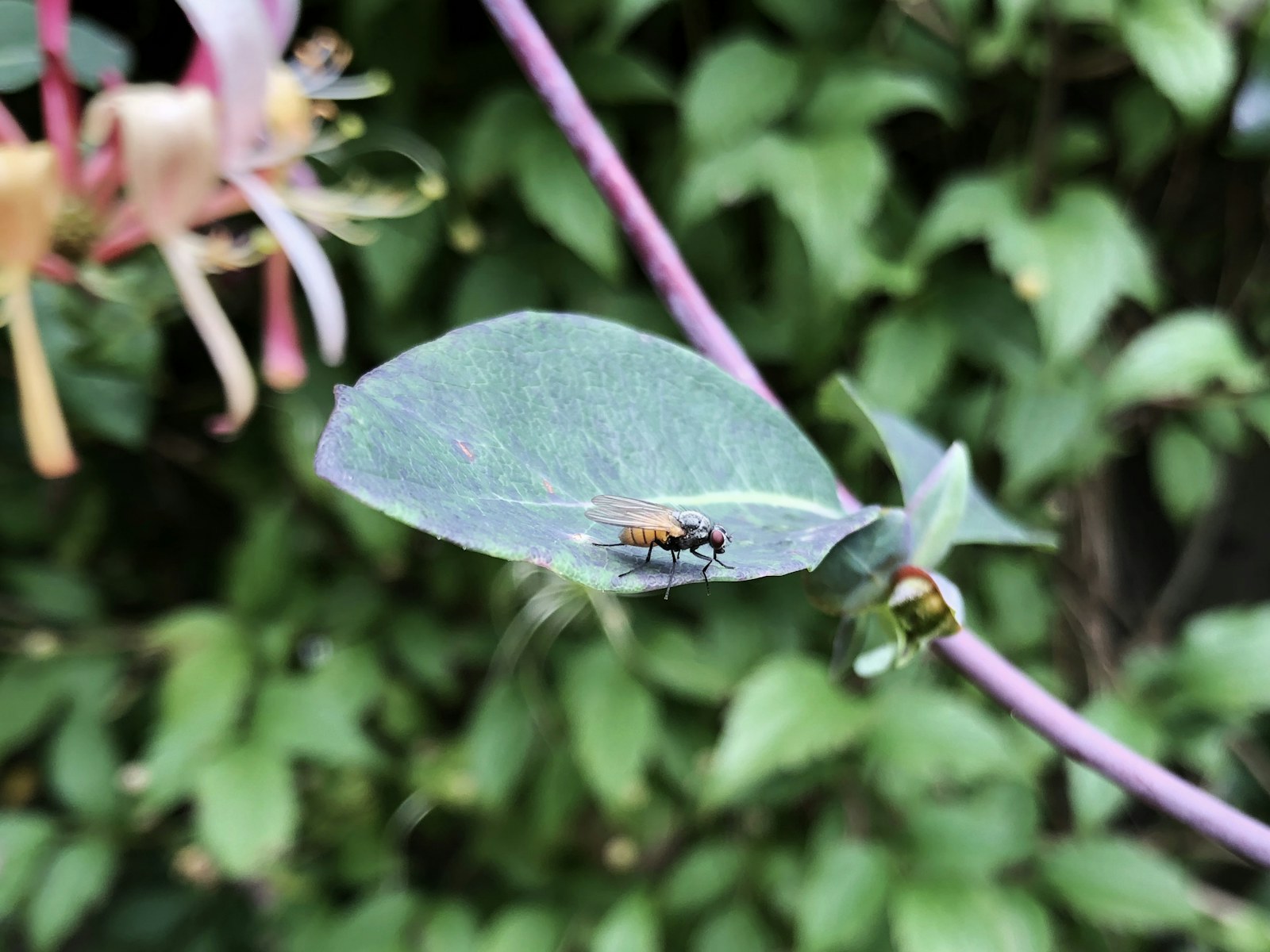
1) Make your garden a natural haven
Avoid putting any poisons into your garden. Ditch the pesticides, herbicides and fungicides, even be careful about what you paint the garden shed and fence with. One of the reasons behind the massive losses of insect life in our countryside is the increasing use and effectiveness of pesticides and herbicides, not only on farmland but also in gardens.

2) Embrace the mess
It is all about how we perceive things. Once you look at a pile of leaves as a home for a hedgehog, or a dead branch as food for beetle larvae, you will realise that ‘mess’, like beauty, is most definitely in the eye of the beholder.
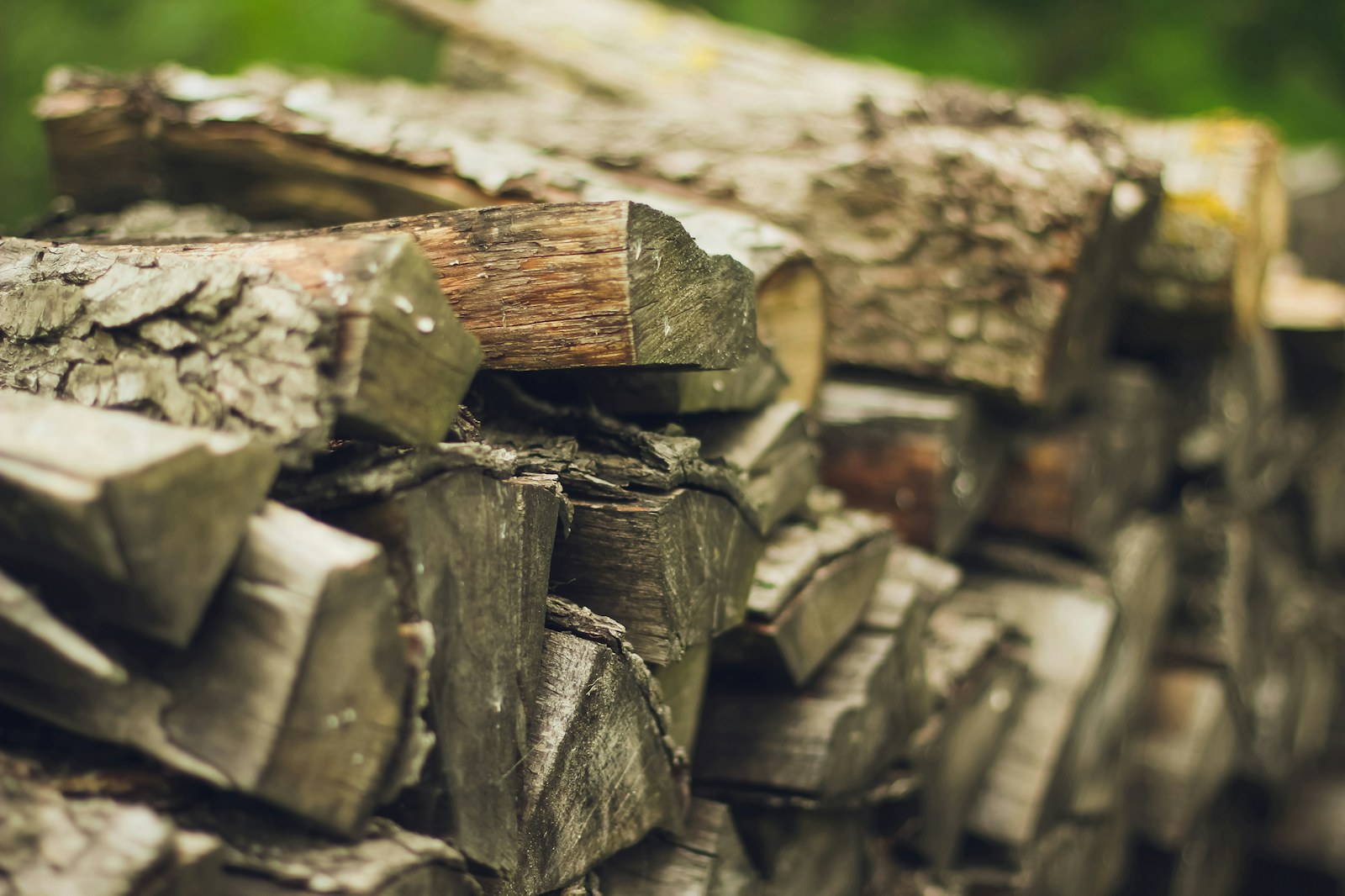
3) Allow decay
Nature loves decay. It’s part of the natural cycle to return nutrients to the ground. So create a log pile; stack shrub and plant prunings under the hedge to rot down and create natural ‘bug hotels’. A compost heap is a glorious home to all manner of creatures.

4) Stop digging
Every time you turn over the soil in a border it disturbs the fine balance of micro-organisms that live there, the worms, the tiny invertebrates and the fungi. Better to use an organic mulch instead and let the worms do the work. Your garden will thrive if the soil is healthy.
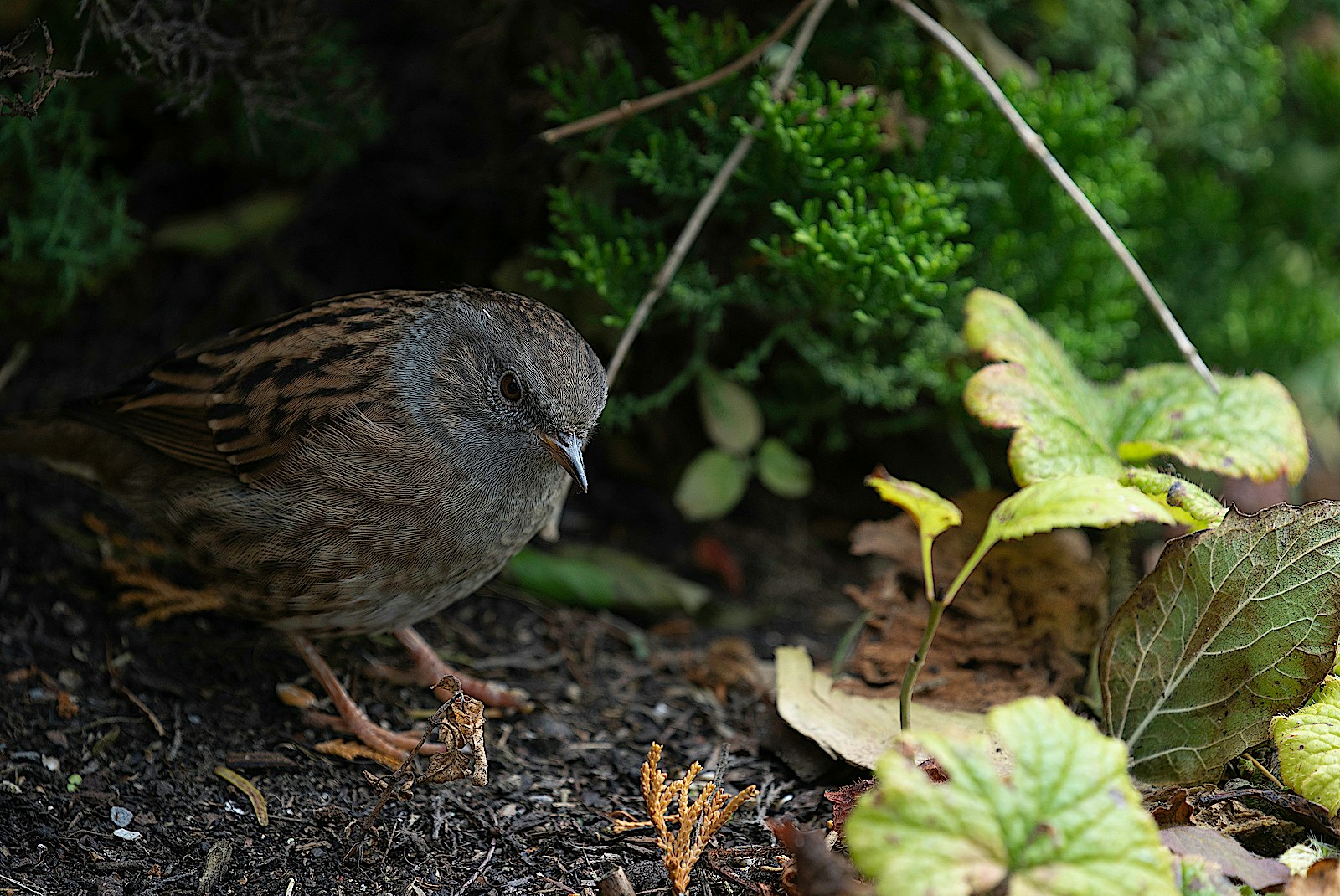
5) Think like a bird
Plant at a mix of heights for different species. For example, long tailed tits move in shorter hops from tree to tree above head height, whereas wrens and dunnocks will dash in and out of dense cover low down.
“Rewilding is rooted in a mind-set that puts nature and natural processes first, flipping traditional gardening on its head”
6) Plant a tree
Native trees have the greatest benefit to our wildlife because they evolved together. Consider silver birch, rowan, hawthorn, elderberry, holly, yew or crab apple. All top fruit trees such as apples, pears, plums and cherries are good for wildlife as they are closely linked with the wild species. This is why ancient orchards provide such a good habitat.
7) Coppice a tree
Many trees such as oak, willow and hazel can be coppiced if room is limited. The action of chopping them back replicates the tearing, breaking and gnawing of branches by bison, elk and beavers before we hunted them to extinction in this country.

8) Embrace scrub
Scrub, including thorny shrubs, grasses and stands of young trees, forms the mid-level in a landscape. Not only does it provide shelter and safe spaces for nesting birds but it is also brilliant for insects and other invertebrates. Brambles, sallow, hawthorn, blackthorn, honeysuckle and wild rose will all naturally form dense mounds or thickets. In a garden setting you may wish to use non-native plants such as berberis or pyracantha.

9) Let the grass grow
A mix of grassland types and structure will suit different species. So mow part of the grass nearest to the house, as close mown grass mimics the grazing pattern of wild ponies and this is where blackbirds and starlings like to feed. Leave other areas to grow longer or create an area of meadow with native plants. This will need scything or cutting just a few times a year and is hugely rewarding as the sequence of flowers and seed heads changes week to week.

10) Be a boar
Ever wondered why the local robin follows you around in the garden when you have a spade in your hand? Wild boar disturb the soil as they root around searching under the surface for food, this behaviour creates micro habitats and bare soil where seeds can germinate. Pigs in gardens would be problematic, so instead ruck up the soil and turf in a few places with a spade or trowel to create bare patches, small dips and hollows.
11) Build homes for birds and bats
While your wilder garden becomes established, it’s a good idea to provide man-made homes for birds and bats that would typically nest in tree holes or crevices. Put up different nesting boxes in different positions on buildings and around the garden. Top tip: a bird box camera will make a great gift for the head gardener!
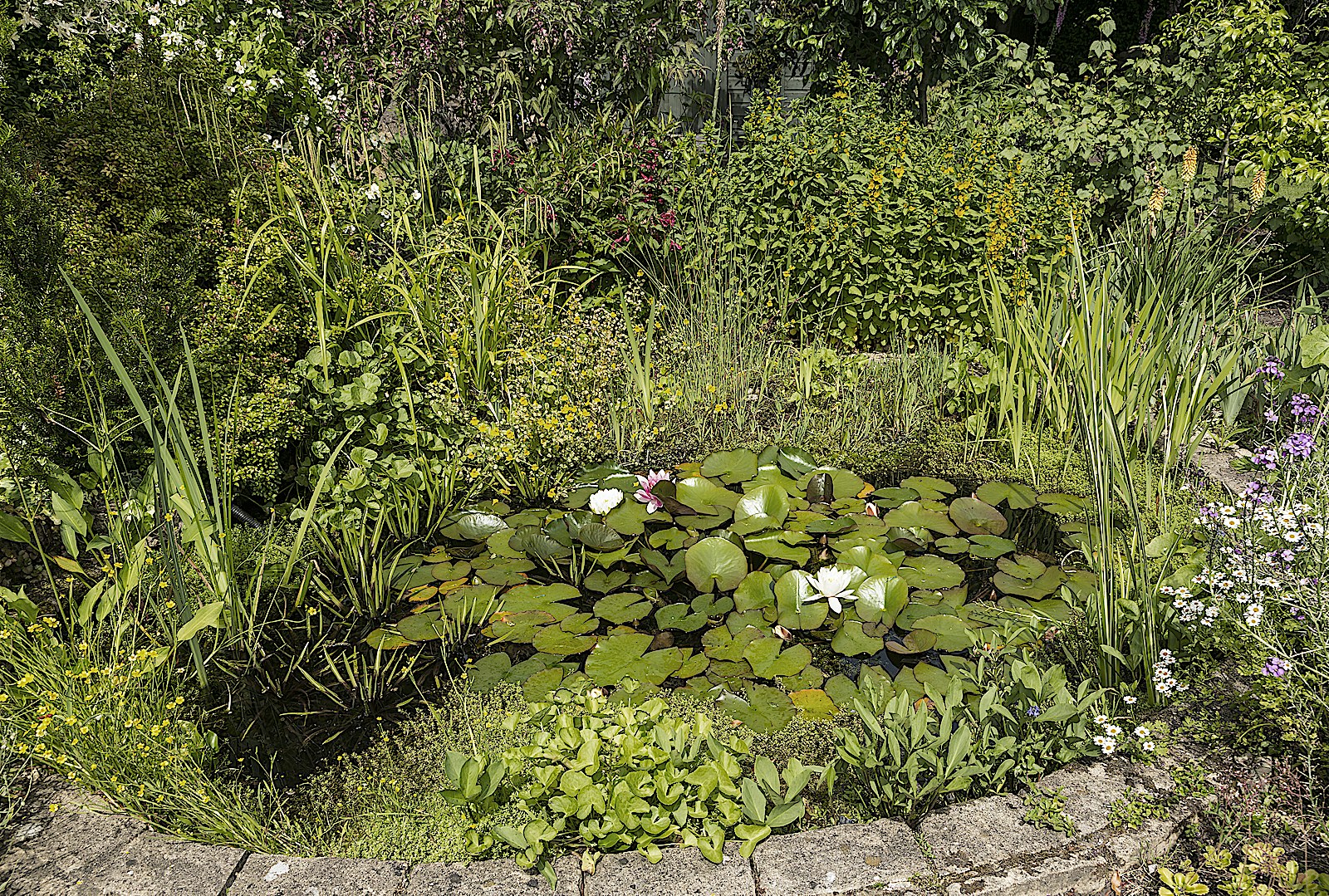
12) Go wild with water
Putting water into your garden, even an ornamental bird bath, will make it more attractive to wildlife. If you have space and a stream in your garden, you could create a bog or wetland area by mimicking that great ecosystem engineer the beaver and make a small dam. Ponds are ‘pound for pound’ the most wildlife-rich habitats in the country, so the very best thing you can do to encourage wildlife in your garden is to create a wildlife pond.
Make sure you have at least one shallow side so that young birds or hedgehogs can scramble out. Locate your pond near to your house, so you can run the roof drainage into it and to make it easier to see who visits. It’s best to avoid introducing fish as they have an adverse impact on the variety of other wildlife you might attract to the pond, such as amphibians and aquatic insects.

13) Keep the larder stocked
If you choose to keep part of your garden as more ornamental then select plants that will provide good sources of nectar, pollen, seeds and berries all year round. Normally, you might dead-head all your plants as autumn arrives, but leaving a selection of seed heads unmanaged into winter can benefit many birds, such as sparrows and finches. This is, of course, the way nature would work.
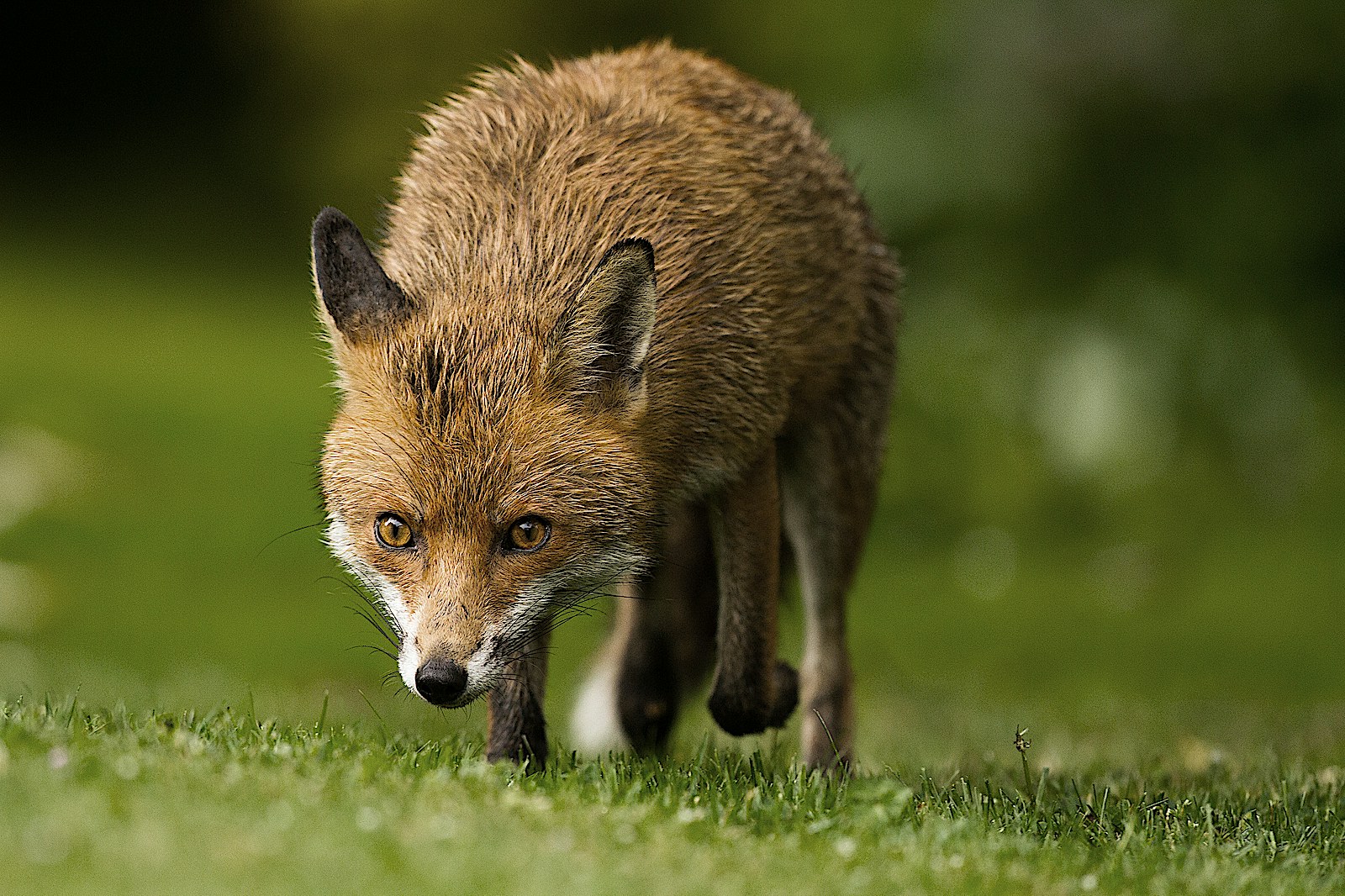
14) Don’t let your garden be a fortress
Remember some species need access to more than just one garden to survive. Hedgehogs, for example, need home ranges of between 25 and 50 acres. So it’s very important to allow access from your garden to your neighbour’s for things that can’t fly. If you have continuous panel fencing then cutting a small hole or excavating a tunnel underneath near a corner can help.
15) Spread the word
Talk to your neighbours and explain what you’re doing and why. Invite them into your garden to experience the wildlife. Let them see how complexity and variation helps nature and see if they might be inspired to follow your example. Remember the whole is greater than the sum of the parts. Post your observations and wildlife surprises on social media. Help to make rewilding the new gardening trend…
